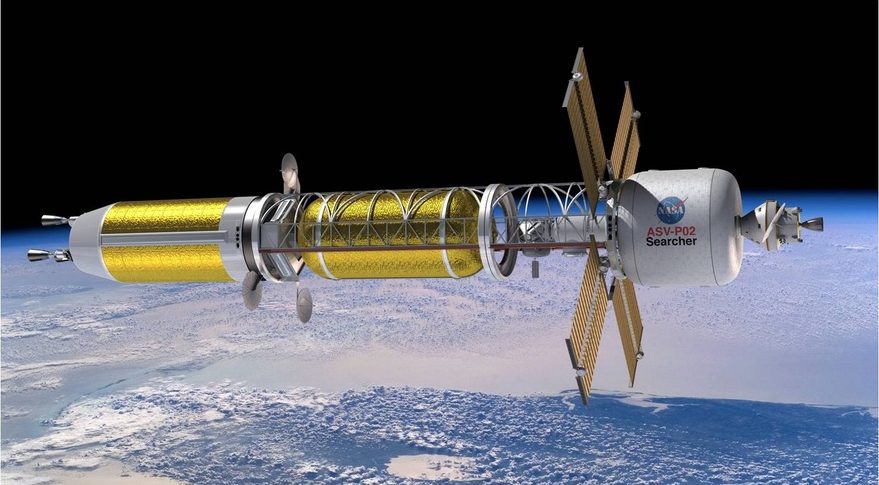Nuclear Propulsion: Powering the Future Across Land, Sea, Air, and Space

Course Content
Introduction
-
Importance of propulsion systems in various domains
00:00 -
Overview of nuclear propulsion as a versatile and powerful solution
00:00